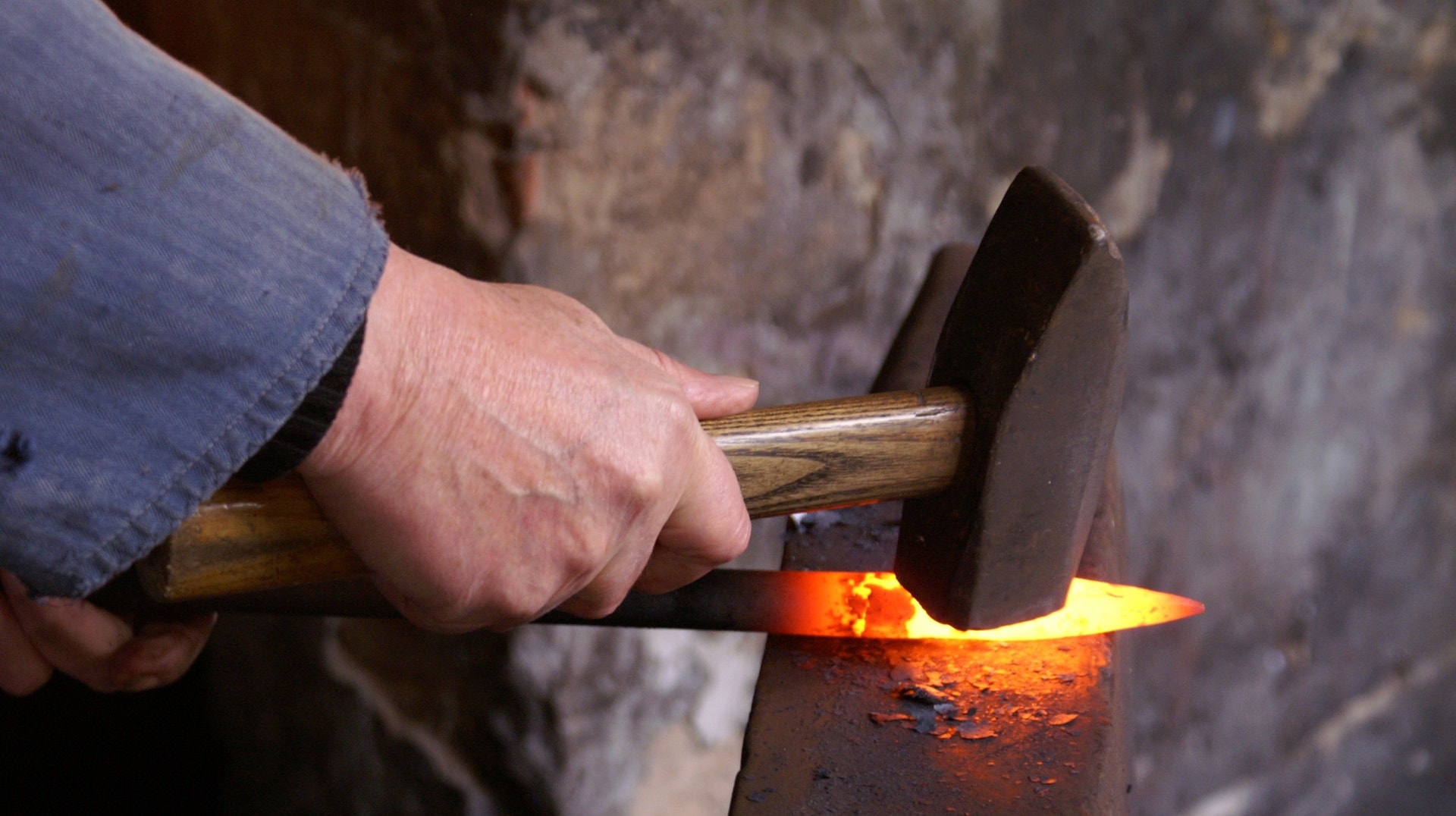While deciding or selecting the suitable material for a particular application in engineering, you will also have to consider its mechanical properties along with other factors. So what are these mechanical properties of materials?
Today in this post, we will discuss this topic in detail. So without wasting more time, let’s start…
Table of Contents
Mechanical Properties of Materials
The mechanical properties of a material are the properties that determine how the material will react upon the application of various kinds of load. You will have to consider these properties while designing various tools, machines, and other mechanical things.
Below we have listed these properties with a brief detail of each property to provide you with an overview:
1) Strength
For any particular application, you will never like to select a material that cannot maintain its original shape and size up to an estimated maximum load. The ability of a material to resist deformation due to load or external force is called the Strength of the material.
2) Hardness
You must have seen many cases when there is a dent in the material surface when a sharp object of harder material strikes or punches it.
In some other cases, you must have also observed some scratches on the surface of a material when an object of a harder material is rubbed over it with some force.
The ability of a material to resist such permanent deformations is called the Hardness of the material. Hardness is tested by performing the tests like Vickers Hardness Test, Rockwell Hardness Test, etc.
3) Toughness
The maximum amount of energy that a material can absorb before fracture when subjected to a load, is called the Toughness of the material.
4) Brittleness
Brittleness is just the opposite of Ductility. It is the property of a material due to which the material gets fractured without significant deformation when a load is applied. A brittle material does not have the ability to absorb a considerable amount of energy before fracture.
5) Stiffness
Stiffness is the property of a material by virtue of which it resists elastic deformation when subjected to a load.
If an elastic material gets easily deformed when some amount of load is applied, it indicates that the material is less stiff. And, on the other hand, if you require a high amount of load to produce a significant elastic deformation in a material, it highlights that the material is considerably stiff.
6) Ductility
It is the property of a material by virtue of which it can easily get deformed under tensile force. This property is utilized in creating long wires by pulling the solid material.
Moreover, the Ductility of a material is not the same at all temperatures. If you increase the temperature, the ductility will also be increased. And, similarly, with a decrease in temperature, the ductility of the material will also be decreased.
7) Malleability
Malleability is just like ductility but here the material has the ability to easily get deformed under compressive force, just like tensile force in the case of Ductility. This property is very useful when you need to create thin sheets by rolling or hammering a solid material.
Moreover, even the Malleability of a material is not the same at all temperatures. If you increase the temperature, the malleability will also be increased. And, similarly, with a decrease in temperature, the malleability of the material will also be decreased.
8) Elasticity
Elasticity is the property of a material by virtue of which it returns to its original shape and size on the removal of applied load or stress.
The materials having this property are called elastic materials. And, the maximum amount of stress up to which a material behaves like an elastic material is called the Elastic limit of the material.
9) Plasticity
Plasticity is just the opposite of Elasticity. It is the property of a material due to which it retains its deformed shape and size even after the removal of the stress. All materials with some elasticity behave like plastic material after their elastic limit.
10) Fatigue
There are also some cases when a material fails below its yield point. This usually takes place when the material is subjected to a repeated load. This kind of failure of a material is said to be Fatigue.
11) Creep
When a material undergoes a permanent deformation but at a very slow rate while being subjected to a very high amount of load but below its yield point, this kind of deformation is called Creep.
And, the ability of a material to resist this kind of deformation is called Creep strength.
12) Resilience
All materials that have some elasticity have a tendency to store energy when subjected to a load within their elastic limit. They use this energy to spring back or return to their original shape and size when the load is removed.
This property of materials by virtue of which they absorb energy without permanent deformation is called Resilience.
The maximum amount of energy that a material can absorb within the elastic limit is said to be Proof Resilience. And, this value of Proof Resilience, when divided by the total volume of the material, turns out to be a value which is called the Modulus of Resilience.
So now you are familiar with the most important mechanical properties of materials. You can practically implement this knowledge while making the selection of the right material for your application.
What other properties do you think should be added to the above list? Please give your suggestions in the comments below. You can also discuss your doubts regarding the above-discussed topic in the comments below.
Also, check the following informational articles:

